H-2A and the AEWR We Were
TOPICS
Labor Reform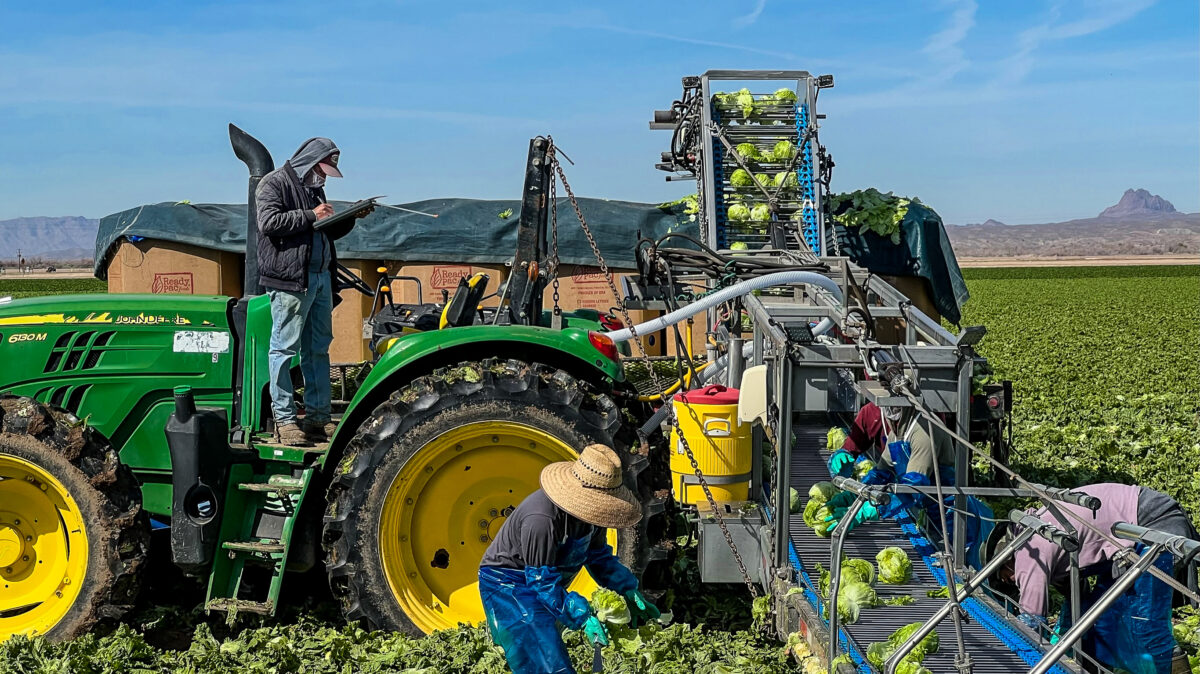
photo credit: AFBF Photo, Terri Moore
Veronica Nigh
Former AFBF Senior Economist
Recently released data for H-2A positions certified during the first quarter of 2019 seem to indicate that the large increases in H-2A wages are starting to take a toll. In the first quarter of 2019, the number of positions certified was up 10 percent compared to the first quarter of 2018, representing the slowest first quarter increase in three years.
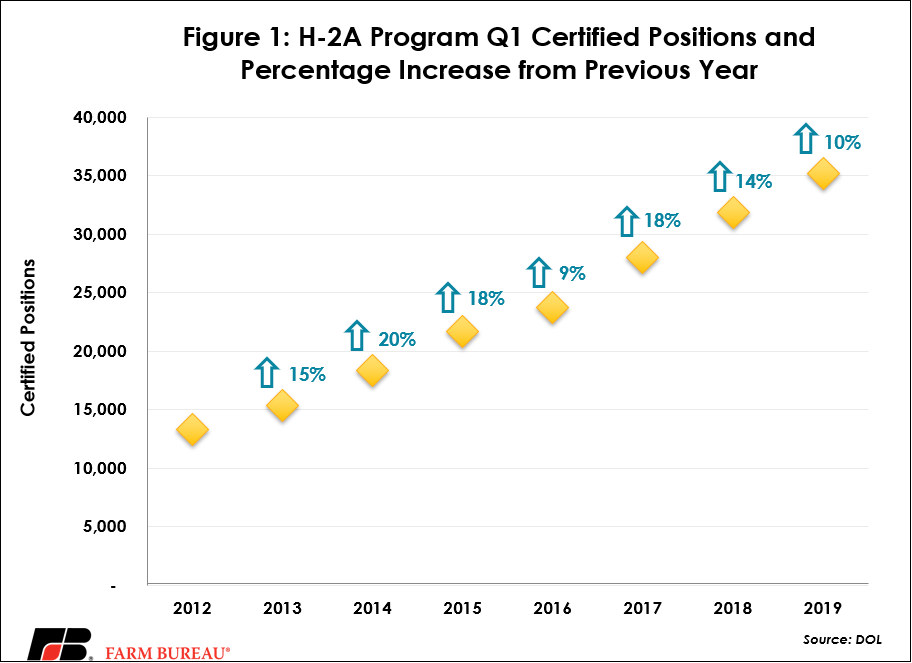
The H-2A "adverse effect wage rate," or AEWR, is the regional weighted average hourly wage rate for field and livestock workers combined, as measured by USDA’s annual Farm Labor Survey of non-supervisory farm and ranch workers. Employers utilizing the H-2A program must pay employees the higher of the following: federal or state minimum wage; the "prevailing wage" as determined by the Department of Labor using a special H-2A methodology to conduct wage surveys for each particular task in very local areas; or the AEWR.
In Table 1 we compare the applicable 2019 minimum wage in each state to the 2019 AEWR. A quick scan of the table reveals that the AEWR rate is higher than the prevailing minimum wage in every state. As a result, the AEWR wage rate is what H-2A employers are paying in 2019.
The national average AEWR wage in 2019 is $12.96, up 6 percent from 2018. To put the 6 percent in context, the U.S. increase in average hourly earnings in calendar year 2018 was 3.1 percent.
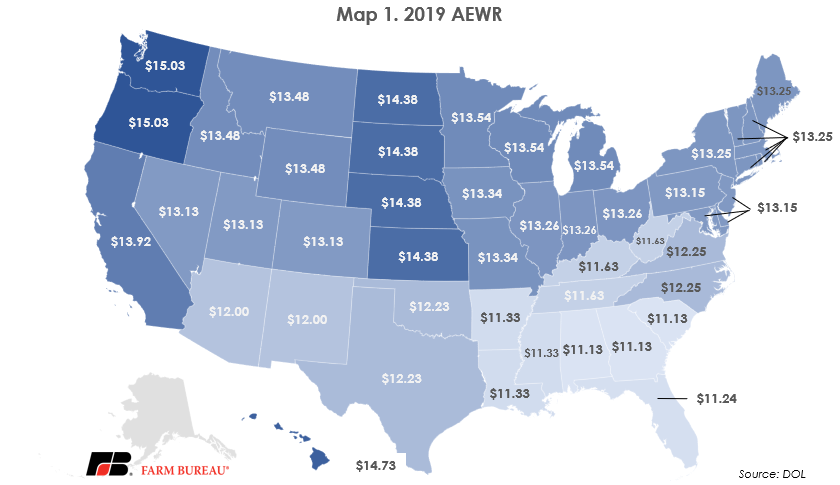
In eight states in the west -- Colorado, Nevada, Utah, Idaho, Montana, Wyoming, Arizona and New Mexico -- the 2019 AEWR wage rose by double-digits since 2018, with increases ranging from 15-23 percent. Only three states saw a decline in the AEWR – Missouri, Iowa and Florida. The rest grew between 2-9 percent.
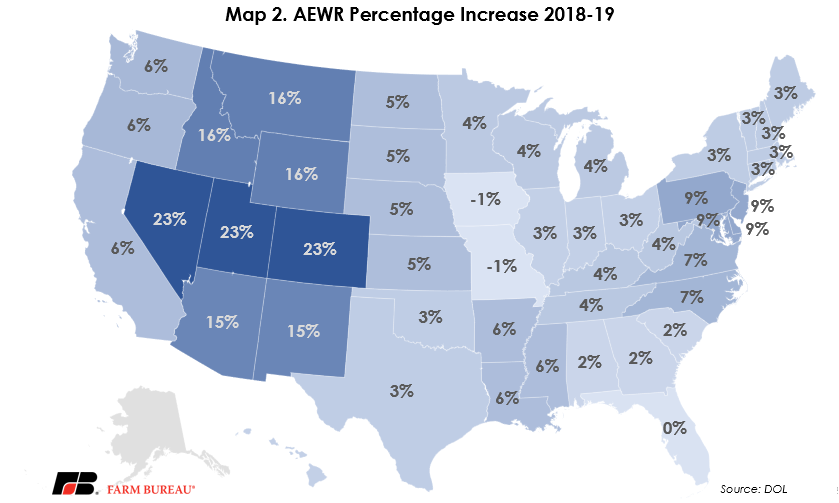
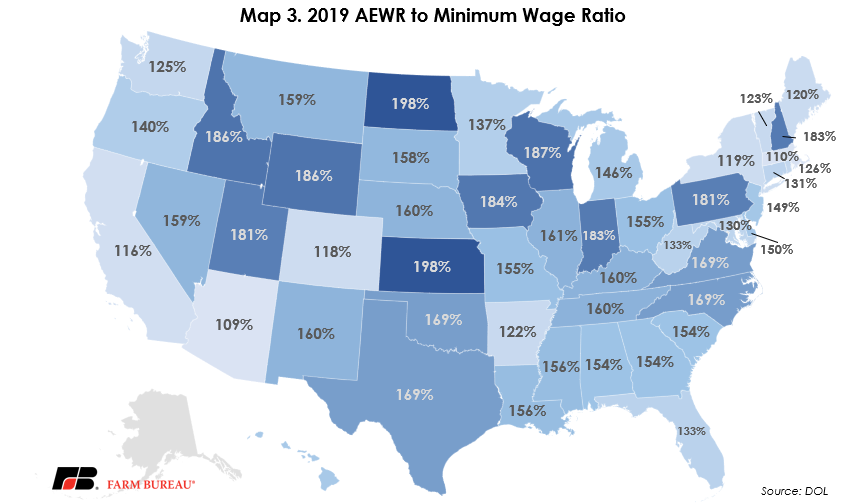
The increase in the AEWR in 2019 follows a long trend of rising rates. Since 2012, the national average AEWR has climbed 25 percent, from $10.39 to $12.96. Meanwhile, the total number of certified positions has continued to grow as well. In fiscal year2012, 85,248 position were certified. By FY 2018 the number of positions had grown to 242,762, as seen in figure 2.
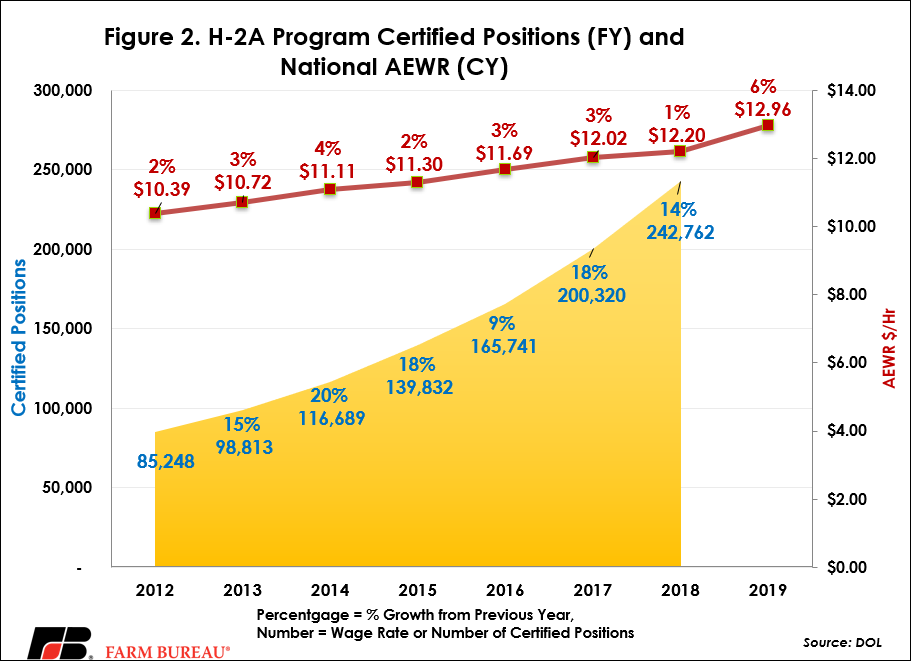
On a state level, the Pacific coast states have experienced the highest increases, with Oregon and Washington posting the highest rate of growth – 38 percent – since 2012. With a 36 percent increase in the AEWR since 2012, California is not far behind. The two states with the lowest increases, Missouri and Iowa, still experienced significant growth — 16 percent – since 2012.
Though growth in first quarter 2019 was the slowest for the first quarter in the last three years, data shows that interest in the H2-A program continues to be strong. Industry analysts will closely watch to see whether slower growth in Q1 of 2019 will become a trend.
